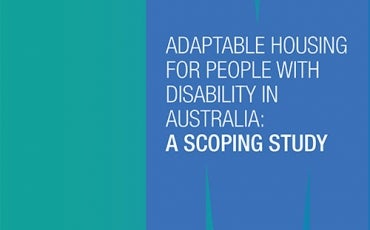Disability Action Plan Guide (2021)

Foreword
The Disability Discrimination Act 1992 (Cth) (DDA) was passed nearly 30 years ago. Although the DDA has had many positive effects on Australian society, its impact has been limited due to a lack of understanding of the benefit of the widespread inclusion of people with disability.
The objects of the DDA include to eliminate, as far as possible, discrimination against persons on the ground of disability in areas such as work, education, the provisions of goods and services and the administration of government programs. The objects extend to seeking to ensure people with disability have the same rights to equality before the law as the rest of the community and to promote that people with disability have the same rights as other individuals.
Although a considerable amount of focus in the community has been given to highlighting what are discriminatory practices towards people with disability, less focus has been given by organisations, businesses and providers of goods and services as to how to promote equal opportunities for people with disability. This has meant the inclusion of people with disability has suffered.
Organisations, businesses and providers of goods and services entering into action plans under the DDA—what is commonly referred to as a “Disability Action Plan” (DAP)— presents a compelling message to the community that they view people with disability as equals. At present, not all companies listed on the Australian Securities Exchange have a DAP. This needs to change.
Having a well-publicised and thoroughly prepared DAP reduces the likelihood of discrimination and ensures people with disability are treated as equals.
I look forward to the Commission receiving a copy of your DAP in the near future.
Dr Ben Gauntlett
Disability Discrimination Commissioner



